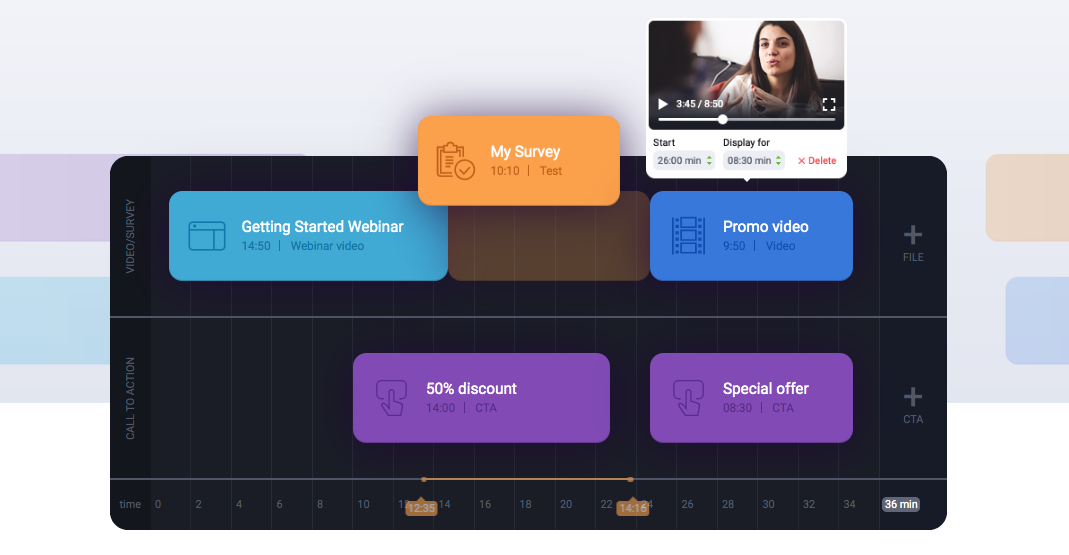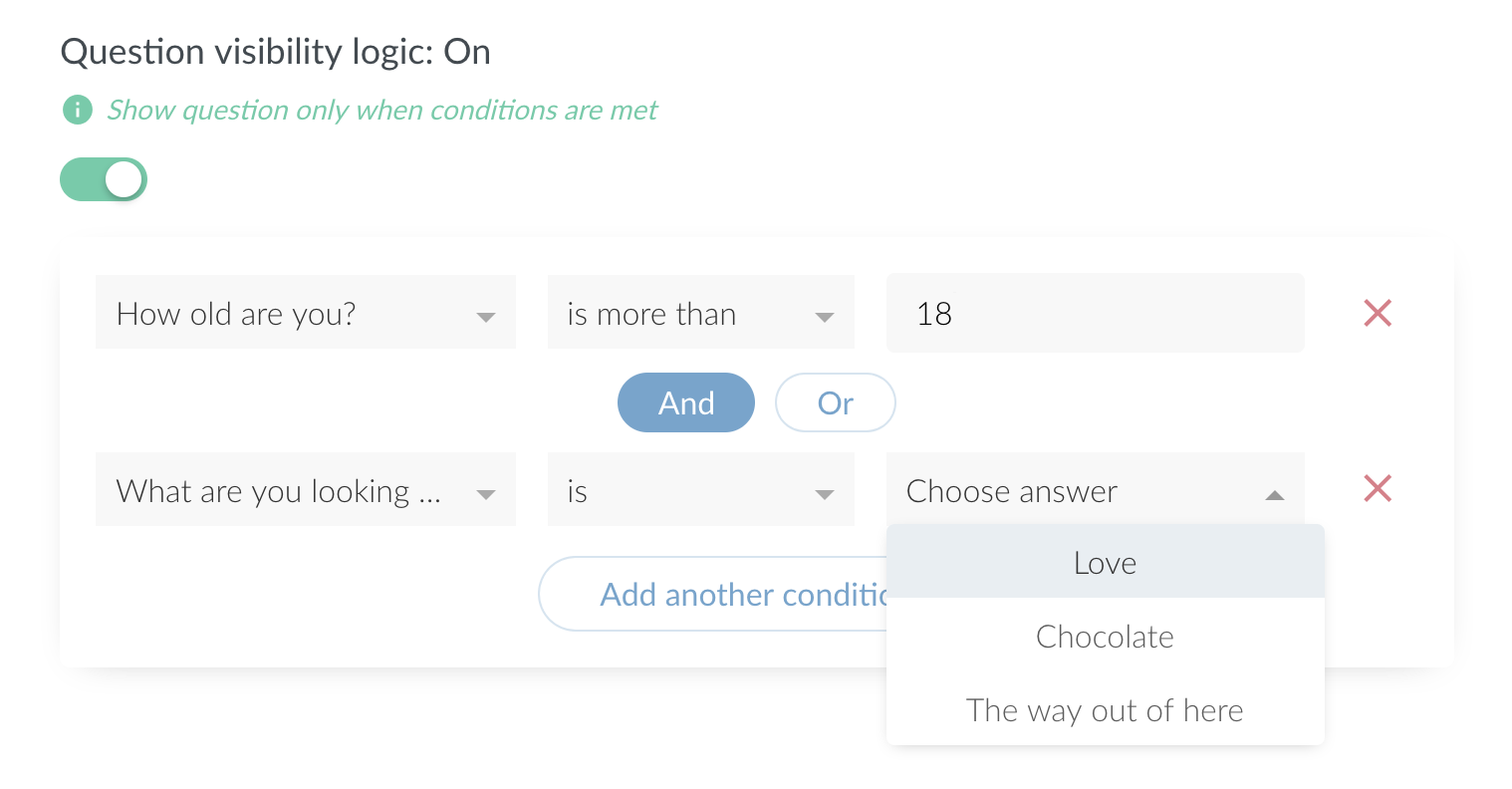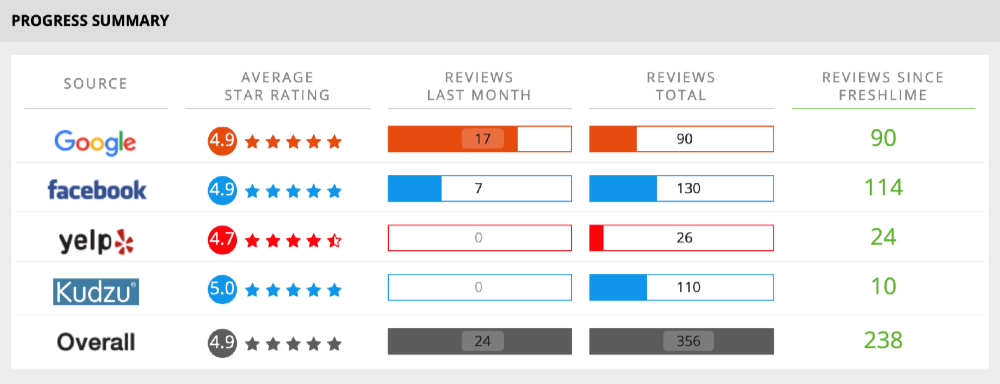5 Predictions for the Top MarTech Trends of 2020
The MarTech industry is massive, to say the least. As a matter of fact, it’s been forecasted to grow to $8.3 billion in annual revenues by 2021. And as with all industries, MarTech Trends come and go, which means that staying up to date with industry changes will keep you a step ahead of competitors and hopefully even doing your job better.
Additionally, taking advantage of the latest MarTech strategies and tools has the potential to improve your workflow and the customer experience you offer.
While there’s lots of speculation about what’s going to work and what’s not going to work in 2020, I’ve got my own take on the trends that will move the needle most. That’s why I’m sharing my top five 2020 MarTech trend predictions.
1. TikTok Will Be the New Instagram
We all use social media. However, marketers tend to use the same platforms that everyone else is using. LinkedIn, Facebook and Twitter are everyone’s go-to, right? But what about TikTok? There are over 500 million users on this platform, and it’s experienced record-breaking growth.
TikTok is quietly becoming friendly to marketers, too. They recently rolled out TikTok Analytics for Pro Accounts, which provides detailed insights into how your content is performing.

You can use these insights to determine your best traffic sources, types of content, times of day to post, and more. If you want to mix a new social network into your MarTech plan for 2020, look no further.
While TikTok is an opportunity you won’t want to miss, it isn’t going to be here for long, though. It’s quickly becoming saturated, so make sure you begin using this platform before it’s too late.
Read More: The Superpower of MarTech and Innovation Agencies
2. Webinars Will Be Your Top Lead Nurture Channel
Many companies publish blog posts, videos, and even podcast episodes, but they often overlook what I believe to be the most underrated lead nurturing format of 2020: Webinars.
It’s true that webinars aren’t new. They’ve been used by marketers for the past two decades plus, to grow brands and nurture leads. But their effectiveness has yet to wane. Respondents to DemandGen’s 2019 Lead Nurturing and Acceleration study named webinars as their number one tactic for effectively nurturing leads.
So how do you keep up with the times and ensure that your webinars align with how buyers consume content in 2020? While you can put in the extra work to organize and create webinars moving into 2020, models like ClickMeeting’s webinar flywheel can help ensure that you make the most of your opportunities for webinar automation, personalization, and optimization over time.
The flywheel is a step up from the traditional buyer’s journey. Instead of rigid stages, the flywheel allows you to approach growth momentum holistically.

This is achieved thanks to automatic follow-ups, on-demand content that mixes in live elements however you see fit, and integrations with other tools like Facebook Pixel and Google Analytics that add to ClickMeeting’s functionality.
3. Digital Products Like Courses Will Only Get Hotter
When you think of e-commerce, you normally think of physical products. Nonetheless, the paid online learning space is growing at a rapid pace and expected to hit a $2.25 billion market size by 2025.
That’s why I firmly believe digital products will continue to become one of the most powerful products to sell moving into the new year. Specifically, courses are all the rage right now.
There are many benefits to selling info products like a course, too. One of the first is that it requires no inventory and has much lower maintenance versus physical goods. That means no worrying about tracking numbers or SKUs. Owning the rights to the right is a huge upside as well which you don’t get with business models like wholesaling or dropshipping.
Businesses can take advantage of platforms that make creating, publishing, and marketing courses a breeze. Kajabi, for one, has taken this type of platform to new heights, making it easier than ever to set up your own website, build out your own information products, and start selling them using automation workflows that span multiple communication channels.
One of the most game-changing features of Kajabi is its newly relaunched page builder, appropriately called “Pages.”
Pages comes loaded with dozens of optimized pre-built themes for sales pages, landing pages, homepages and more. They include preset sections like FAQs, hero images, pricing tables, and more to save you time from developing these designs yourself, and it’s all pre-integrated with the rest of your Kajabi account.
What’s more, the extremely intuitive editing experience makes it easy to set up sophisticated design effects like timed animations, video backgrounds and object overlays.
4. Businesses Will Collect Less Data, More Sensitively
Technology is supposed to make our lives easier, right? That’s why I believe that moving into 2020, we will see more changes in the lead generation space. Specifically, we will be more sensitive to the data we ask for and collect from customers.
In the age of GDPR and CCPA, people are becoming increasingly protective of their private information. I predict that marketers will help their audience members to feel more comfortable by asking for less while still being able to fulfill lead generation goals.
Take Paperform, for instance. This lead generation form creator integrates conditional logic to display only the fields that matter, helping to reduce friction and removing the need to display any unnecessary fields during the lead capture process.

This allows you to display or hide certain questions and elements to guide the user through a specific journey. Furthermore, you can completely customize the fields and required information to limit what data is collected.
5. Customer Reviews Will Carry Even More Weight
Customer reviews and testimonials are critical marketing assets. Some 83% of Americans agree that personal recommendations make them more likely to purchase products.
As a whole, the brands are expected to become increasingly transparent, and Google’s mobile-first index is getting better and better at recognizing local search intent, displaying local businesses in the search results, often with star ratings aggregating as rich snippets.
That’s why I believe managing your reviews will become even more important this year. This means you will need to make responding to reviews, asking for testimonials, and monitoring online reputation a higher priority.
These are a lot of tasks to juggle, though. That’s why I also forecast the use of customer engagement management tools like FreshLime will grow alongside reputation management.
One of FreshLime’s most helpful features is a real-time queue of customer review requests and notifications. This allows brands to instantly respond to reviews to improve customer service and their online reputation.
Read More: Predictions of AI AdTech in 2020
Conclusion
MarTech changes just like any other industry. Staying up to date on what’s effective will keep your business one step ahead of competitors and consistently growing.
– One of the first MarTech trends I believe we’ll experience in 2020 is the use of TikTok. It’s a rapidly growing platform that’s great for marketers, especially with their recently rolled out analytics feature. Nonetheless, you need to quickly adopt this channel as it’s bound to become saturated.
– While using webinars to grow brands isn’t new, how they will be used is likely to change. This is mostly thanks to technological advancements like the flywheel.
– This also brings me to the trend of collecting fewer data from our customers during sales and lead generation stages, to reduce friction and respect their privacy.
– Managing reviews isn’t going anywhere, either, but as they increase in importance, we’ll see them managed more intelligently. Tools will help us track reviews across the internet while using analytics to optimize how brands ask for and respond to them.
– Lastly, selling digital products like courses will become increasingly popular in 2020. This is because self-service online learning is rising, and businesses are realizing the convenience and lucrative nature of info products.
Stay ahead of the competition in 2020 by adding these MarTech trends to your Marketing plan.
Read More: AI + CRM: The Saber for Every Martech Buyer










Comments are closed.